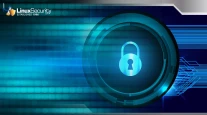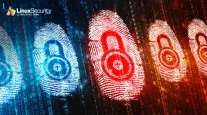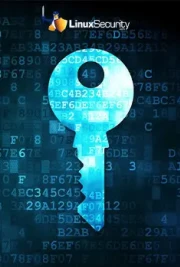Mail Scanning With Exim And The Exiscan ACL
With all the spam and viruses circulating the Internet these days, any network admin worth his or her salt will have appropriate filters in place to prevent these irritants from getting to users and customers. My predecessor, unfortunately, was worth far less than that, so my first task upon assuming the role of a systems administrator for a small ISP was to establish a mail filter. With no previous experience with a mail filtering system, I dug in and started my research. After reviewing open source solutions such as AmaViS and MailScanner and commercial solutions such as Postini and Mail Warden, I settled on Exim with the Exiscan-ACL plugin. . . .















